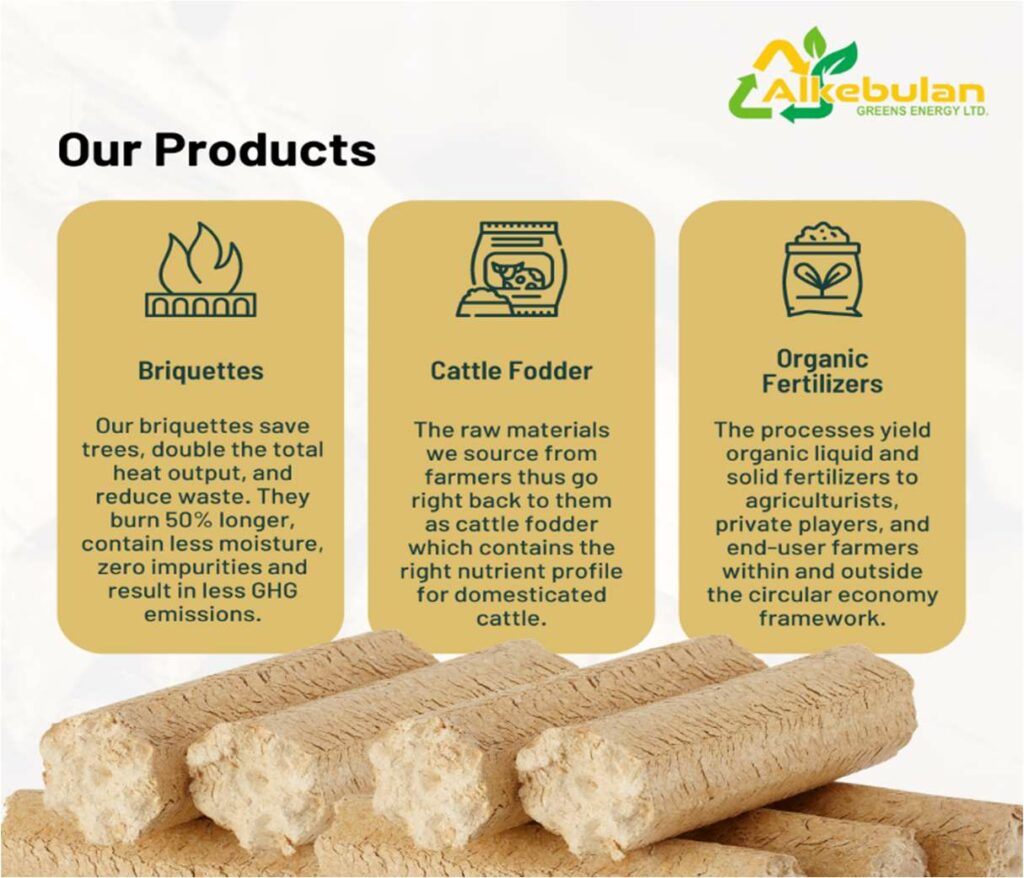
Lorenzo Baronti 
Masters in Circular Economy - Università degli Studi della Tuscia
Now a days our development system is based on the so-called Linear Economy, which exploits natural resources (mostly fossils) to generate goods and services, closing its production process with the elimination of waste, destinated to accumulate more and more.
On the other hand, Circular Economy aims to reduce most of the waste, converting it into an available resource which can be reused as a secondary raw material into the production process. Every product or output, from the moment it is manufactured to the moment of its actual use, is optimized until the end of its life cycle. In this way it is possible to recover and reuse all (or almost) the waste material as a starting point in another production chain. Circular Economy in fact aims to eliminate waste through a better structure and a more efficient design of materials, products, systems and even business models, adding value and quality to the production process.
Social and Economic benefits
Circular Economy can’t be only considered as an approach to environmental sustainability and as a form of respect for the ecosystem, the flora and the fauna, but also and above all as a method for exponentially increase the quality of life of individuals and the whole society, generating economic sustainability and therefore a more concrete and efficient monetary profit than the current one. Obtaining a high social sustainability through a more transparent and collaborative coexistence within the community. This is not a model that just supports the current linear economy, but that replaces it entirely at every stage of the production process, regenerating and positively modifying its structure.
Circular Economy represents an excellent solution to every waste management issue, therefore a fair investment in the circular waste management sector could generate a profit, both in monetary and social terms. Favoring for example the practice of separate collection in fact, creates the possibility of classifying waste according to the different recycling properties, thus promoting their transformation into secondary raw materials. The latter in fact represent a new and cheaper source of supply for those companies that often cannot bear the price of raw materials whose purchase and disposal costs are undergoing an exponential increase in many cases.
Civic Education
Circular Economy is not limited to public authorities, associations, small and large companies, but is an approach that includes above all the citizens themselves. In fact the “circle” of this model begins when everyday practices are implemented by the citizens. A trivial example is its separate collection: the better it will be performed inside domestic homes, the better it will be possible to start a circular production process without hitches and additional costs. The gestures of daily life significantly determine the environmental impact generated by each individual. For this reason, an improvement from this point of view of daily activities by individual citizens can significantly increase civic education and awareness of environmental respect, just think of the approximately 11.500 tons of chewing gum per Nation worldwide thrown on the ground every year, or of the consumption between 9 and 10 billion annual plastic bags.
Environmental Benefits
Circular Economy model therefore ensure circular waste management activities, less pollutant emissions, but even reforestation plans.
Natural environments then benefits from circular practices of municipalities, companies and citizens. And when nature is flourishing, societies are too.
By nature, plants are able to absorb CO2 and purify the surrounding air from various polluting substances. They are tools that nature offers us to mitigate the microclimate and the impact of climate changing emissions, which are excessively high in the city.
Chlorophyll photosynthesis allows plants to absorb carbon dioxide and introduce new oxygen into the air, the leaves of the plants absorb and degrade the polluting molecules (such as carbon monoxide and ozone) and act as a filter for fine dust. In addition, the preparation of green areas helps to combat the “heat island” effect, another problem typical of large urban centers that raises the temperature. Green is also a natural barrier to noise and guarantees a correct outflow of rainwater onto the ground. In addition, it helps in the climatic regulation of buildings, reducing the surrounding temperature in the summer months and protecting them from cold winds during the winter. Last, but certainly not least, all the perceivable benefits in terms of people’s quality of life, with the creation of spaces for socializing, leisure, physical activity and relaxation.
Alkebulan and Circular Economy
The entire business model of Alkebulan is based on a circular economy process.
Alkebulan collects waste from various sectors and basically transform them to briquettes, animal fodder and organic Fertilizers. Between the very first steps of the business model, Alkebulan also collects ash generated by burning activated briquettes themselves, picked from local clients, and re-use it into the fertilizer processing.
As mentioned across the article, the term “circular” to define this model comes from closed loops processes. That’s why at Alkebulan we reuse everything possible in order to let waste become an effective and valuable asset, in collaboration with local enterprises to ensure the sustainable development of the territory.
Waste, energy, water are all key factors of the business activities at Alkebulan, which will also provide a strong social sustainability for employees, local communities and companies.


